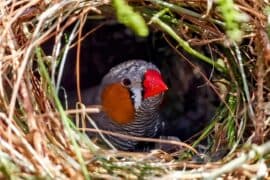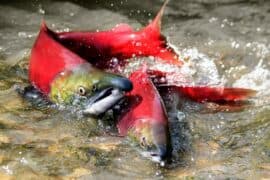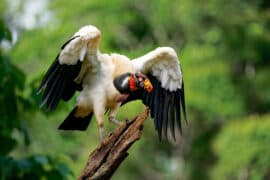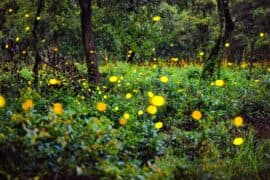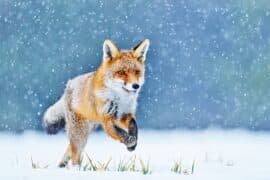African striped weasel
(Poecilogale albinucha)
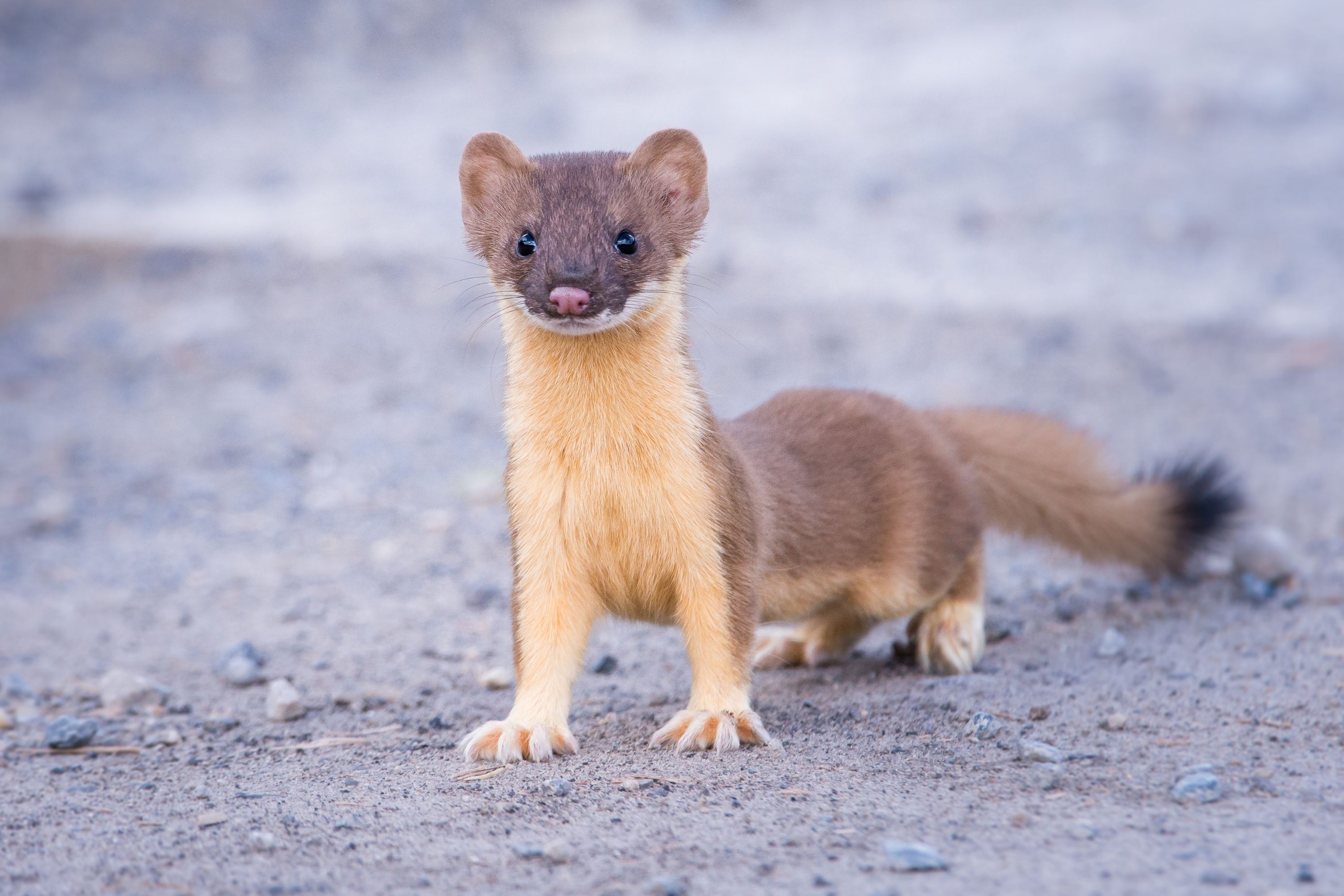
Description
The African striped weasel (Poecilogale albinucha), the lone member of its genus, is a small, black and white weasel native to sub-Saharan Africa. The African striped weasel is one of the smallest mammalian carnivores in Africa, and has an elongated body and short legs. Adults have a head-body length of 27 to 32 cm (11 to 13 in), with the tail adding a further 16 to 20 cm (6.3 to 7.9 in). Males are larger than females, weighing an average of 339 g (12.0 oz), compared with 251 g (8.9 oz). The fur is mostly black, with four white to pale yellowish bands running down the back, a white patch on the top of the head, and a white tail. The head is elongated, with small eyes, a short, broad snout, and short ears. The carnassial teeth are short, and the canine teeth long. The claws are sharp and curved, and the tail is long and bushy. Females typically have four teats. Like many other mustelids, the African striped weasel has well-developed scent glands in the perineal region that can spray a noxious fluid when the animal feels threatened. African striped weasels inhabit much of Africa south of the equator. They are found from the Democratic Republic of the Congo across to Kenya in the north, and as far south as southern South Africa. Within this region, they are most common in savannah habitats, but may also be found in forests and grasslands. They commonly live below 1,500 m (4,900 ft) elevation, but may occasionally be found as high as 2,200 m (7,200 ft). African striped weasels are nocturnal hunters of small mammals, birds, and reptiles, but feed almost entirely on rodents of their own size or smaller. The weasels hunt primarily by scent, attacking prey with a sudden lunge and striking at the back of the neck. After the initial strike, they kill by whipping their own bodies and kicking, making use of their thin, lithe, muscular build to stun and tear the prey item. They sometimes store prey in their burrow instead of eating it immediately. The weasel is generally solitary, but individuals sometimes pair up to dig burrows. They are effective diggers, but may sometimes rest in natural cavities such as hollow logs or rock crevices. They deposit dung in well-defined latrine locations, possibly as a means of scent marking. Males are aggressive when they encounter one another, at first fluffing their tails, making short cries and fake charges, and then escalating to fighting with bites, shaking, and aggressive shrieks if neither individual retreats.
Taxonomic tree:

